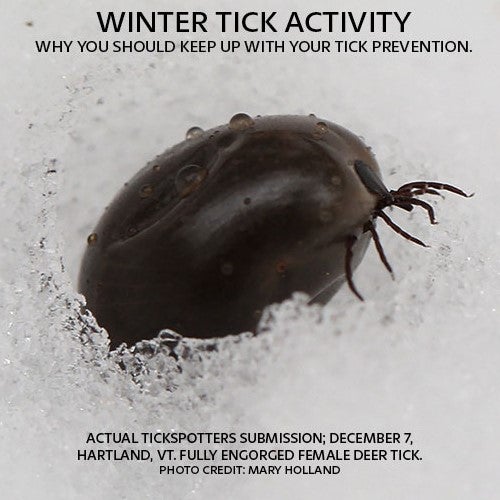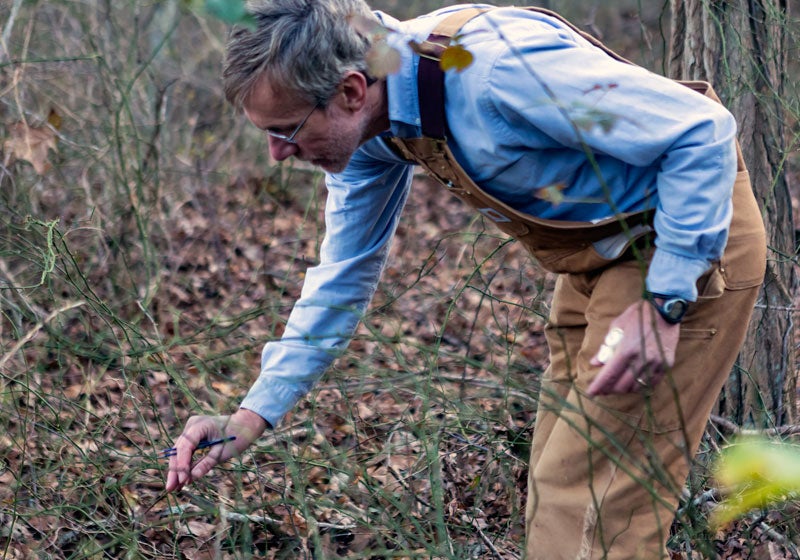It seems that almost everyone knows something about TICKS, and that should be a good thing. We live in a “more ticks in more places world,” and it seems like almost every other month scientists find yet another disease-causing germ in some type of tick. Besides, ticks are disgusting.
But the more we hear people telling us their tick stories, the more we’re realizing that much of the information that a majority of people “know” about ticks is just wrong enough to leave them at risk. Often it means that they’re not taking appropriate TickSmart precautions to keep themselves, their family, and their pets from getting a tick bite—or worse—one of those dangerous tickborne diseases.
Maybe you’re already thinking – ‘What do you mean, “just wrong enough”?’ Maybe you’ve read all the precautions on popular Lyme disease websites, or any number of well-intentioned books or pamphlets. But here’s where we plug the importance of especially leaning in on the information that comes from public health entomologists—scientists with specific training about ticks, who are familiar with the difference between anecdote and empirical data, between what may make sense to a person and what makes “sense” to the tick. Someone with an empathetic open mind but tempered by dispassionate scientific reasoning. First-hand knowledge, not re-hashed and subject to misinterpretation. Like Joe Friday, “just the facts, m’am.”
I was recently asked by a Baltimore newscaster to explain this “just wrong enough” thesis. So, I asked for him to tell me two things he knew about ticks; no lie, here’s what he said:
“Ticks jump out of trees to get on you and suck your blood;” and
“Ticks die when it turns cold, so then we’re not a risk.”
Hoping that my response didn’t sound too rude, I replied, “Hmmm…but you’d be just wrong enough and likely still be at risk for a tick bite.”
I went on to explain, that if ticks did jump out of trees—which, by the way, every tick biologist knows they don’t–you’d likely think it was most important to protect your head; you’d try to avoid walking under trees; you’d be looking up for ticks raining down on you instead of looking down for ticks crawling up your leg; your tick checks would focus on your head, potentially neglecting to check where the ticks more likely would be.
But instead, what if you knew that ticks don’t have eyes…can’t jump…don’t have sophisticated sensing equipment to triangulate host speed and the effect of wind…that if they missed their target they would then have to dust themselves off and crawl back up the tree to try again which would be a huge drain of energy for an already hungry tick…that they need high humidity just to survive and because of that they hang out close to the ground where humidity is higher…and that all ticks crawl upward from the point where they latch on. If that’s what you knew about ticks, then you’d be more likely to wear tick repellent shoes and pants, check for tiny ticks below the belt, and maybe, just maybe tuck your shirt in to keep the ticks on the outside of your clothing longer. That would be TickSmart!
And, oh BTW, if you’re ever sitting under a tree and a “tick” falls on you, please look closely to see if it has 6 legs or 8. If you’re not sure, take a picture and send it to TickSpotters. More than likely, it’s going to be a 6-legged weevil or aphid, harmless bugs—not a tick but just a tick look-alike.
What about ticks dying when it turns cold? If they did, then where would the next year’s crop of ticks come from? In truth, some types of ticks like American dog ticks do cease their host-seeking activity in August as the day length gets shorter leading towards colder weather. But die? Every tick biologist knows that each type of tick and life-stage of tick has its own season of activity. Ticks have adapted over eons to survive and even thrive under the conditions typically found in their season of activity. Tick seasons have been like they are for a long while and are not likely to change radically anytime soon, so it’s TickSmart to know what types of ticks are active at different times of the year where you live —we’ve got an app for that, too.
As it turns out, just when the weather turns cold and we get our first killing frost up in the northeastern states, is indeed peak season for the adult stage blacklegged tick vectors of Lyme disease in the east and south. And head’s up West Coast: December is when adult stage western blacklegged ticks appear, too. If it gets too cold for these ticks to move their little leg muscles, then they can’t latch on or crawl up. But they’re not dead (thanks perhaps to some antifreeze proteins they produce). Just a little bit of warmth, and they are ready for action. In the southeastern states, they’re ready for action pretty much all winter long. Want proof? Check out our video called Polar Vorticks!
If ticks have you frustrated, anxious, or scared, our advice is don’t be afraid but do get TickSmart right away. We’re here to help you do just that. Think that your Christmas tree is covered with ticks?—don’t be “just wrong enough” and spray it, but do check out our blog about that. Think that tick on your pet or granddaughter is too big to be a deer tick?—don’t be “just wrong enough” and flush it, but do check out our tools like our tick growth comparison chart or our simple tick identification guides. Or take a picture and send it to our TickExperts at TickSpotters. We hope you’ll let TickEncounter be your FIRST resource for all things tick. And if you ever do get to meet a public health entomologist, give him or her a high five. It’s THEIR science that’s trying to help you be “just RIGHT enough” to stay TickSafe and disease-free.




